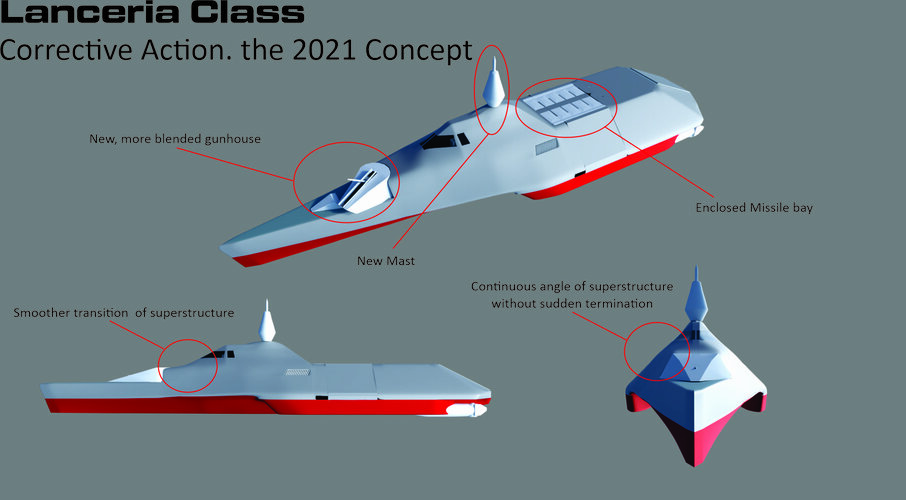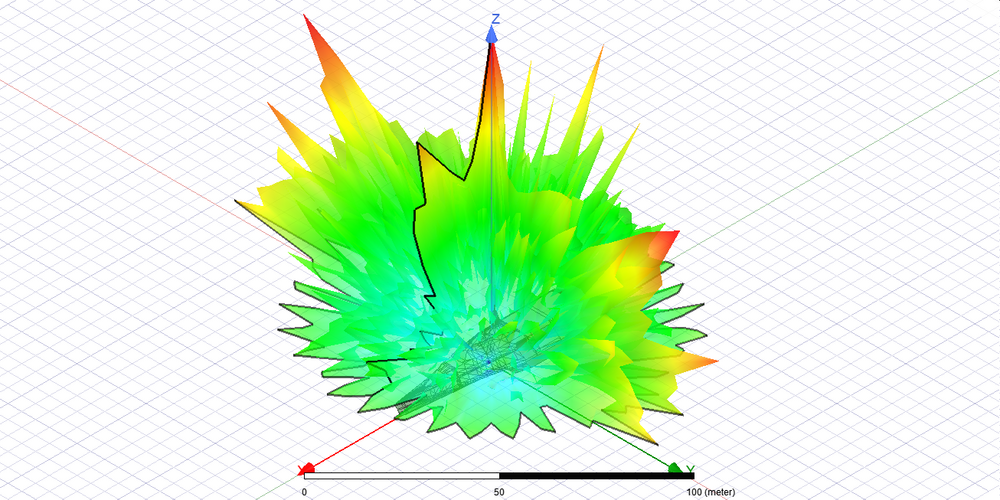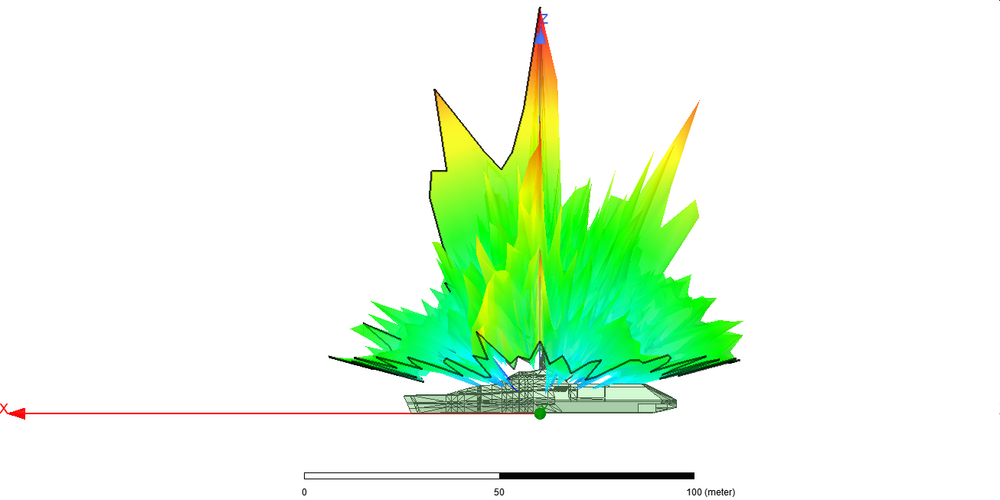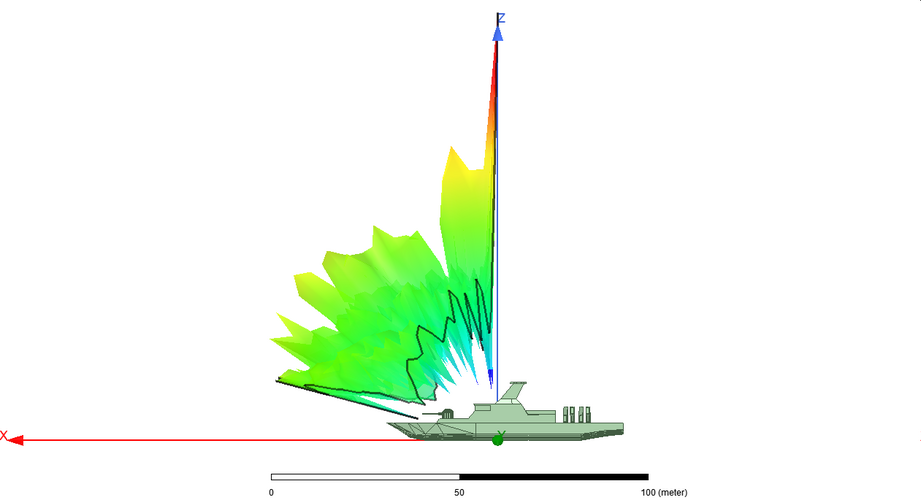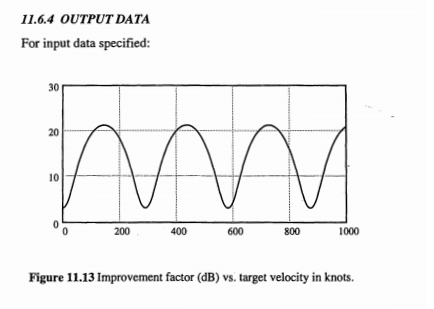X-39
To post or not to post, that is the question
- Joined
- 20 February 2021
- Messages
- 382
- Reaction score
- 913
Forgive me if this question sounds dumb, but does basically every "stealthy" and LO vessel in service these days uses faceted designs? The first stealth ship, the IX-529 Sea Shadow,was born around the same time as the F-117 Nighthawk, so it's understandable that limitations in computational power were a reason they looked similar. But decades later current and future planned warships still retain that angular appearance instead of adopting the design philosophy of modern stealth aircraft. What's stopping the USN (or any other) from building a "B-2 Spirit of the Seas"? Some of my thoughts on why this might be unviable:
1-Less space and other limitations: Boxy designs give the most amount of space available, a sinusoidal profile would restrict even more volume available to the ship's internals.
2- Signature reduction on ships is not that worthy compared to aircraft, so using a careted simpler design might be more convenient if it works well enough. plus any kind of sensors bolted on the exterior will ruin your precious RCS like what happened to the Zumwalt.
3- A ship, unlike aircraft, can't remain in radio silence for too long, even less if it's part of a CSG.
4-Speed, ships are low and can be tracked by satellites, if you incease your sped, you also make the wake bigger, so that's a disadvantage, plus additional noise.
So far, the only concept I've seen of a curved stealth ship is the Ghost Fleet MUSV:

1-Less space and other limitations: Boxy designs give the most amount of space available, a sinusoidal profile would restrict even more volume available to the ship's internals.
2- Signature reduction on ships is not that worthy compared to aircraft, so using a careted simpler design might be more convenient if it works well enough. plus any kind of sensors bolted on the exterior will ruin your precious RCS like what happened to the Zumwalt.
3- A ship, unlike aircraft, can't remain in radio silence for too long, even less if it's part of a CSG.
4-Speed, ships are low and can be tracked by satellites, if you incease your sped, you also make the wake bigger, so that's a disadvantage, plus additional noise.
So far, the only concept I've seen of a curved stealth ship is the Ghost Fleet MUSV:


